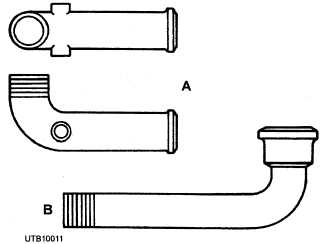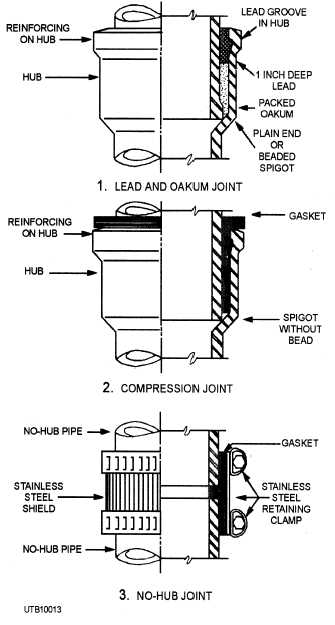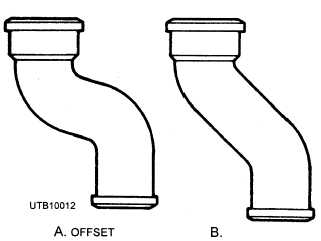
Figure 3-12. - Cast-iron soil pipe closet bends.
past an obstruction, such as a part of the building. The 1/8 bend offset gives a smoother transition than the regular one. Fittings for no-hub cast-iron pipe are identical to the others, except there are no hubs.
JOINING. - Various methods are used in joining pipe. This means that you must know the procedure to make various types of joints required for the kind of pipe to be joined. Lead and oakum joints, oakum and lead-wool joints, compression joints, and no-hub joints are means for connecting pipes. Figure 3-14 shows these types of joints; however, if oakum is not available, cotton braid or jute can be used as a substitute. Oakum is made of hemp or jute fibers, impregnated with a bituminous compound and loosely twisted or spun into rope or yarn.
In making caulked joints, you need various types of equipment. Because of the importance of this equipment, the common types of caulking equipment and safety procedures to be observed when making caulked joints are discussed.

Figure 3-14. - Various joints used to connect CISP and fittings.
Equipment frequently used in making caulked joints in cast-iron soil pipe includes the melting furnace, melting pot, and plumber's ladle. These components are shown in figure 3-15. The melting furnace is a portable gas-burning furnace used to melt lead. The melting pot is made of cast iron and contains the lead while it is being melted on the furnace. The ladle, also made of cast iron, is used to spoon up the molten lead and carry it to the joint to be poured.
Several types of melting furnaces are available. Follow the manufacturer's instructions when you are operating a particular type. The general procedure below is for operating a MAPP-gas burning melting furnace.

Figure 3-13. - Offsets.
Continue Reading